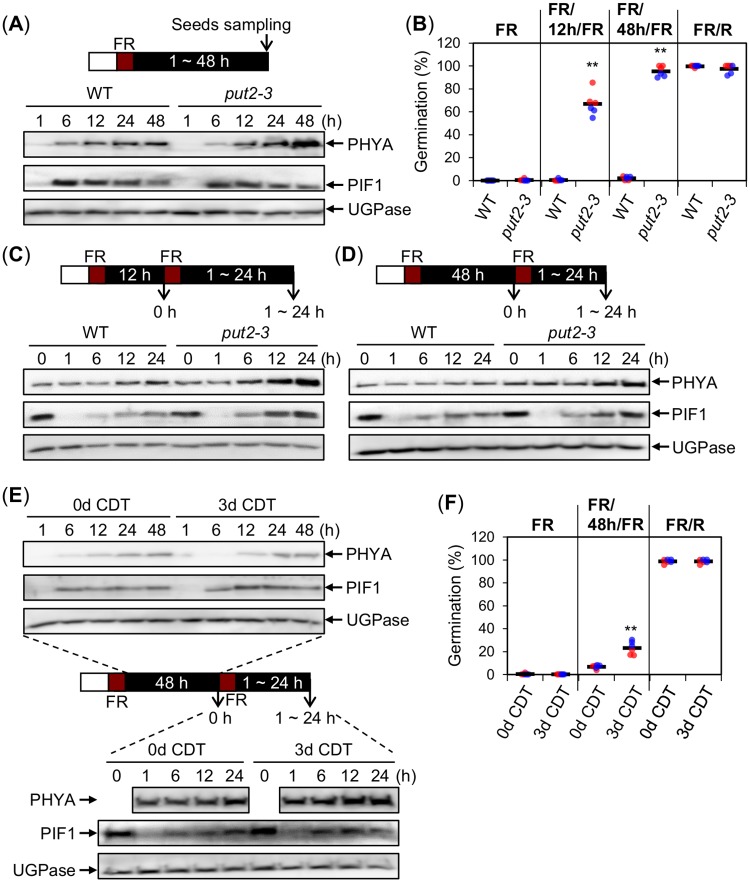Fig 7. put2 and artificially aged seeds have enhanced phyA-mediated germination without changes in PIF1 levels.
(A) Protein gel blot analysis of phyA and PIF1 protein levels in WT and put2-3 seeds exposed to a FR assay at the indicated time points after the FR light pulse. (B) Germination percentage of WT and put2-3 seeds exposed to a FR, FR/12h/FR, FR/48h/FR or FR/R assay. (C and D) Protein gel blot analysis of phyA and PIF1 protein levels in WT and put2-3 seeds exposed to a FR/12h/FR (C) or FR/48h/FR (D) assay just before the second FR light pulse and thereafter as indicated. Experiments were repeated with biological replicates, which provided similar results (S12B and S13B and S13C Figs). (E) Protein gel blot analysis of phyA and PIF1 protein levels in CDT-exposed WT seeds (0d and 3d) exposed to a FR/48h/FR assay before the second FR light pulse and thereafter as indicated. Experiments were repeated with biological replicates, which provided similar results (S14C and S14D Fig). (F) Germination percentage of CDT-exposed WT seeds (0d and 3d) exposed to a FR, FR/48h/FR or FR/R assay. For (A and C-E) UGPase protein levels were used as a loading control. For (B) and (F) two independent biological replicates were used and are represented with an individual color each (red or blue). For each biological replicate, three technical repetitions of the germination percentage of 50–65 seeds are shown by a colored dot (red or blue). The average germination percentage for all the technical repetitions is represented by a horizontal black bar. Statistical treatment as in Fig 1B.

